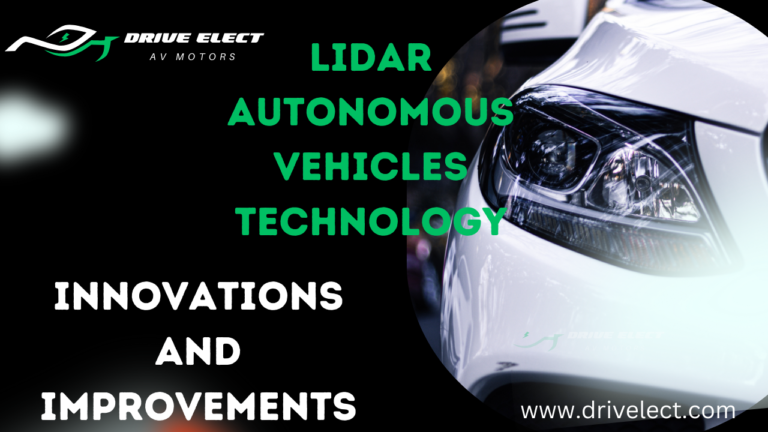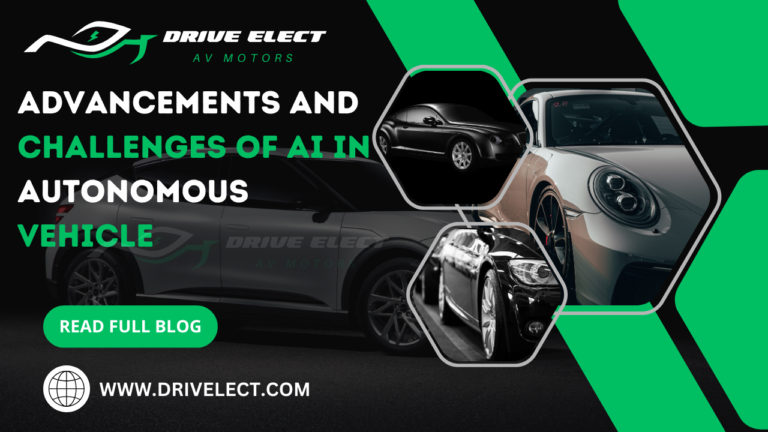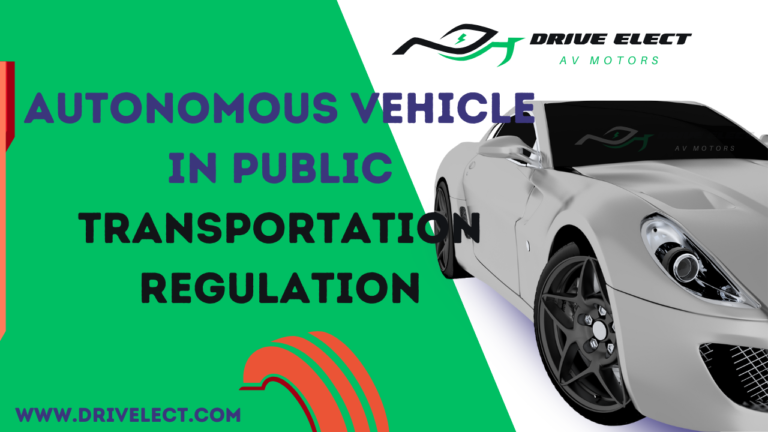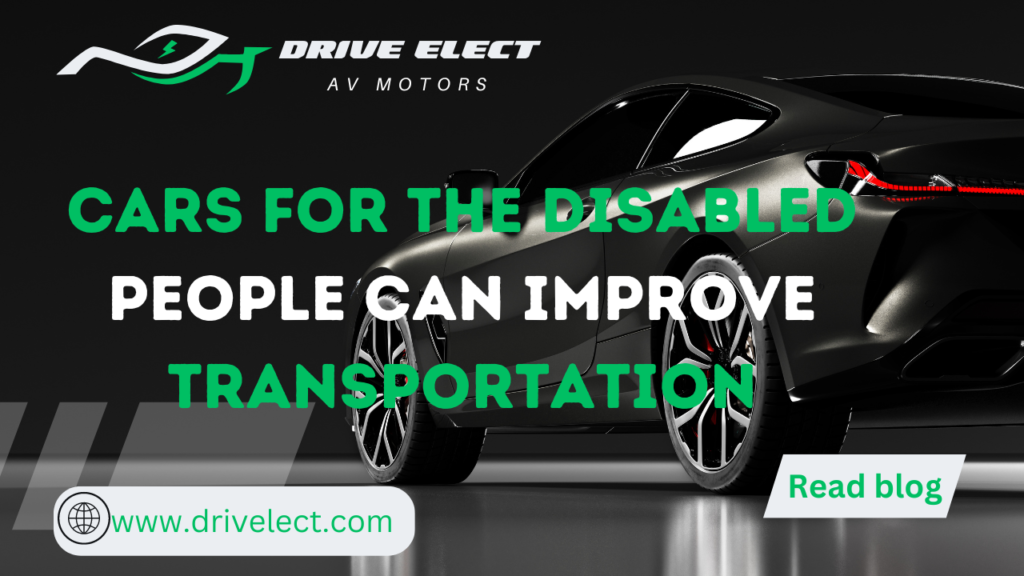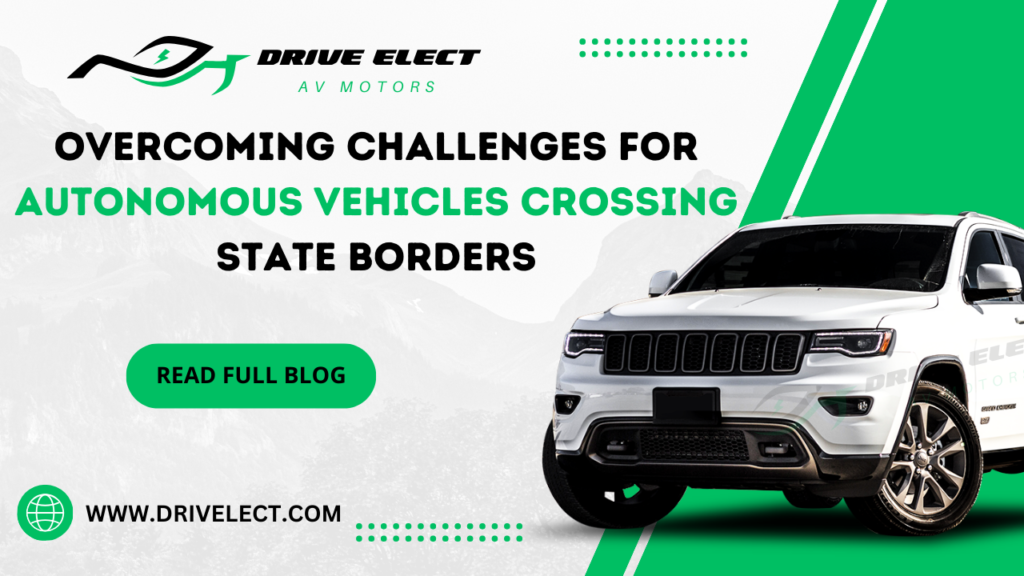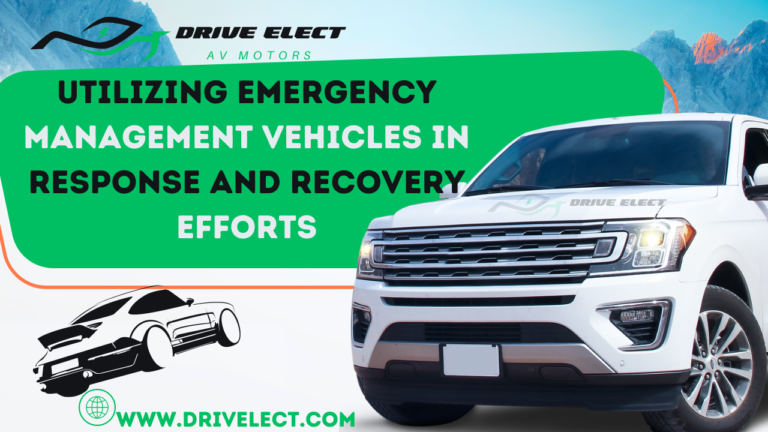Self-driving cars safety Driver assistance technologies are like helpful friends in cars. Some of them give you a heads-up if a possible crash is coming, while others step in to stop it. They’re getting smarter and better at keeping us safe on the roads. So, it’s like having a buddy in the car looking out for you, making driving safer for everyone.
Self-driving cars safety Driver assistance tech can be like champions, helping reduce car crashes and saving many lives. In 2021, nearly 43,000 folks died in car accidents, mainly because of mistakes people make while driving.
These cool tech things in cars can help out. They’re like extra eyes and smarts that can make driving safer. When you’re getting a new car, knowing about these tech goodies is good for you to pick the safest ride.
Table of Contents
ToggleSelf-driving cars safety
There are five eras’ of safety standards for Autonomous Vehicles.
1950-2000
self-driving cars safety Features:
Cruise Control:
Cruise control in the context of autonomous vehicles is a system that automatically maintains the vehicle’s speed.
Without requiring constant input from the driver or the autonomous system operator.
This system, also known as adaptive cruise control or autonomous cruise control, uses sensors such as radar, LIDAR, cameras, or a combination of these technologies to detect the distance and speed of vehicles ahead. Based on this information, the autonomous vehicle adjusts its speed to maintain a safe following distance from the vehicle in front.
ACC can slow down or accelerate the vehicle as needed, even bringing the vehicle to a complete stop if the traffic ahead stops and then resuming the set speed when conditions allow. This technology enhances driving comfort, reduces driver fatigue, and improves traffic flow by maintaining a consistent and safe distance from other vehicles while cruising on highways or in moderate traffic conditions.
In self-driving cars safety features, cruise control is an important component that helps manage the vehicle’s speed and maintain safe distances from other vehicles, contributing to overall safety and efficiency in driving.
Antilock Brakes:
Antilock Braking Systems in autonomous vehicles are advanced safety features that prevent wheels from locking up during braking. They work by modulating the brake pressure on individual wheels, helping the vehicle maintain traction and steering control during sudden braking or slippery road conditions.
In self-driving cars safety features, ABS is often a crucial component of the overall safety system. When the vehicle’s sensors detect a need for braking—whether due to an obstacle, sudden slowdown, or a change in traffic conditions—the ABS kicks in; it monitors wheel speed and adjusts brake pressure accordingly, allowing the wheels to maintain traction with the road surface, which is especially important in scenarios where abrupt stops are necessary.
By preventing wheel lock-up, ABS enables the vehicle to remain maneuverable and responsive even under heavy braking, ultimately contributing to enhanced safety for passengers and pedestrians alike.
2000-2010
Advanced Safety Features
Electronic Stability Control:
Electronic Stability Control is a vehicle safety feature that helps maintain stability and prevent skidding. This system is often integrated into autonomous vehicles as part of the safety suite. ESC uses sensors to monitor the vehicle’s movement and stability.
Suppose it detects that the vehicle is losing traction or control, perhaps during sudden turns or evasive man oeuvres. In that case, it intervenes by selectively applying brakes to individual wheels and sometimes adjusting engine power to help the vehicle regain stability.
In self-driving cars safety features, ESC is crucial in ensuring the vehicle can navigate safely, especially in adverse road conditions or unpredictable situations. It enhances overall safety by preventing loss of control and reducing the risk of accidents caused by skidding or sliding.
Blind Spot Detection:
Blind Spot Detection in autonomous vehicles is a system designed to monitor and alert the vehicle about the presence of objects or vehicles in areas that are typically out of the driver’s direct line of sight, known as blind spots.
This technology utilizes sensors, such as radar, cameras, or ultrasonic sensors, placed strategically around the vehicle to monitor adjacent lanes continuously. When a vehicle or object enters the blind spot area, the system detects it and alerts the autonomous vehicle or the system managing the vehicle’s operations.
In self-driving cars safety features, BSD serves multiple purposes. It helps make safer lane changes or man oeuvres by providing information about nearby vehicles that might not be visible to the vehicle’s primary sensors. By detecting potential hazards in blind spots, BSD contributes to overall safety. It helps autonomous vehicles make more informed decisions, reducing the risk of collisions or accidents during lane changes or man oeuvres.
Forward Collision Warning:
Forward Collision Warning is a safety feature in autonomous vehicles designed to alert drivers or take preventive actions when a potential collision with a vehicle, obstacle, or pedestrian in front is detected. It uses sensors like cameras, radar, LIDAR, or a combination to monitor the road ahead.
When the system identifies an imminent risk of collision based on the vehicle’s speed, trajectory, and the proximity of objects in its path, it sends a warning to the driver. This warning can be visual, auditory, or haptic (vibrations or physical alerts) to draw the driver’s attention to the danger quickly.
In self-driving cars safety features, the FCW might provide a warning and autonomously initiate braking or steering interventions to mitigate or avoid the collision altogether. This automatic response can vary based on the vehicle’s capabilities and the level of autonomy it offers.
Lane Departure Warning:
Lane Departure Warning is a self-driving cars safety feature in autonomous vehicles designed to alert drivers when their vehicle begins to unintentionally drift out of its lane without using a turn signal. It uses various sensors, such as cameras or sometimes other detection systems, to monitor lane markings on the road.
When the system detects that the vehicle is crossing or about to cross a lane marking without signaling, it sends a warning to the driver. This warning can be in the form of visual alerts on the dashboard, auditory warnings, vibrations in the steering wheel or seat, or a combination of these methods.
LDW aims to help prevent accidents caused by distracted driving or momentary lapses in attention. Providing a prompt alert when the vehicle is veering out of its lane aims to assist the driver in correcting their course and maintaining safe driving practices.
2010-2016
Automatic Emergency Braking:
Automatic Emergency Braking in self-driving cars safety feature that automatically engages the vehicle’s brakes to help prevent or mitigate collisions. It uses sensors, such as radar, cameras, LIDAR, or a combination, to monitor the road ahead for potential collision risks.
When the system detects an imminent collision with a vehicle, obstacle, pedestrian, or another object in the vehicle’s path and determines that the driver hasn’t taken action to avoid the collision, it initiates emergency braking autonomously.
The AEB system can apply the brakes with varying degrees of force, depending on the situation. In some cases, it might attempt to bring the vehicle to a complete stop to avoid or reduce the collision’s severity.
Rear Cross Traffic Alert:
Rear Cross Traffic Alert is a safety feature in autonomous vehicles designed to assist drivers when backing out of parking spaces or driveways, particularly when visibility is limited. It uses sensors, such as radar or cameras, to monitor the area behind the vehicle.
When the system detects approaching vehicles, pedestrians, or other objects crossing behind the vehicle’s path while in reverse, it warns the driver. This warning can be in the form of visual alerts on the dashboard, audible notifications, or both to alert the driver of the potential danger.
RCTA helps drivers become aware of hazards they might not see due to blind spots or obstructed views, such as vehicles passing behind them in a parking lot or pedestrians walking in the vehicle’s path while backing up.
2016-2025
Lane Keeping Assist:
Lane Keeping Assist is a feature in autonomous vehicles that actively helps drivers maintain their vehicles within the lane markings on the road. It typically uses cameras or sensors to detect lane markings and the vehicle’s position relative to those markings.
When the system detects that the vehicle is unintentionally drifting out of its lane without the use of a turn signal, Lane Keeping Assist provides corrective action. It can gently steer the vehicle back into its lane or apply subtle steering inputs to assist the driver in staying within the lane boundaries.
This feature works alongside the driver’s actions, providing assistance rather than full autonomy. It aims to enhance safety by reducing the risk of unintended lane departures caused by driver distraction or fatigue.
Traffic Jam Assist:
Traffic Jam Assist in autonomous vehicles is like having a buddy who helps you when stuck in slow-moving traffic. It uses sensors and cameras to monitor the road and the cars around you.
When you’re in a traffic jam or crawling along at low speeds, TJA takes over some of the driving tasks. It helps steer the car, keeps a safe distance from the vehicle ahead, and even helps with braking and accelerating, so you don’t have to do it all yourself.
It’s there to make bumper-to-bumper traffic less stressful by giving you a hand with the driving, letting you relax while the car takes care of some of the driving work.
2025+
Fully Automatic Vehicles will arrive in 2025+. These vehicles are the future of the World. The technology of the Autonomous Vehicles is advanced from the previous technology.
Some of the latest advanced self-driving cars safety features include:
- Forward-facing sensors which monitor distance and relative speed between vehicles. If these sensors suspect a crash is imminent, they alert the driver with sound or visual cues.
- Back-up cameras allow the driver to see what is directly behind them and use sensors to alert the driver of objects behind the car.
- Adaptive headlights promote improved visibility around curves as they pivot in the direction the car is travelling.


